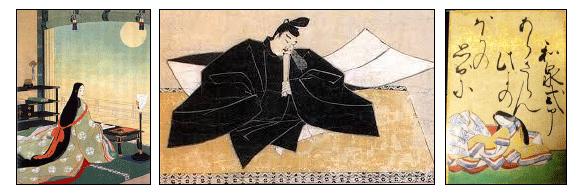There is / there are
Content: There is / there are for animated objects and living things. The Ma line of Hiragana (Ma, Mi, Mu, Me, Mo).
Aim: How do we use there is or there are with animated objects and living things?
New Vocabulary:
Japanese | Romaji | English |
おnなのこ (おんなのこ) | onnanoko | girl |
おとこのこ | otokonoko | boy |
こども | kodomo | child (children) |
うnてnshu (うんてんしゅ) | untenshu | driver |
おとうさn (おとうさん) | otosan | father |
おかあさn (おかあさん) | okasan | mother |
がくせい (Review from Lesson 2) | gaisei | *student |
せんせい (Review from Lesson 2) | sensei | *teacher |
あいだ | aida | between or space between |
います | imasu | There is… |
* The words for student and teacher are review from lesson 2.
Lesson Point:
1. います: As we mentioned in the previous lesson, the verbあります(arimasu) means “There is” or “There are” for inanimate objects like phone, car, map, plants and chair. For this lesson we are using the verb いますwhich is used for animated and living things like dog, cat, and people. The sentence structure is the same as arimasu.
2. “Ni” Particle: In the previous lesson we introduced the “ni” particle and one of its many uses. We discussed how に used with prepositions and we gave the following examples for how に is used with あります. We gave you these examples: うえにへyaがあrimaす(Ue ni heya ga arimasu) which literally means “At the up(stairs), there is a room.” and へやはうえにあrimaす(Heya wa ue ni arimasu) which means “The room is upstairs”. に can be used in the same way with います. Please see the following examples: おとうさnはうえにいます(Otousan wa ue ni imasu) which means Dad is upstairs orうえにおとうさnがいます(Ue ni otousan ga imasu) which can be translated as “At the upstairs, there is Dad”.
Sample Sentences:
Basuのなかにこどもがいます。(There are children in the bus.)
Basu no naka ni kodomo ga imasu
くるまのなかにうnてnshaがいます。(There is a driver in the car.)
Kuruma no naka ni untenshu ga imasu
くるまのなかにおとうさnがいます。(Father is in the car.)
Kuruma no naka ni otosan ga imasu
いえのなかにねこがいます。(There is a cat inside of the house.)
Ie no naka ni neko ga imasu
おnなのこはくるまのなかにいます。(The girl is in the car.)
Onnanoko wa kuruma no nakani imasu
いえのそとにこどもがいます。(There is a child outside the house.)
Ie no soto ni kodomo ga imasu
いすのあいだにいぬがいます。(There is a dog between the chairs.)
Isu no aida ni inu ga imasu

| S-8-1 |
II. Mini-Quiz: (Test your knowledge):
Hey! It’s time to start the celebration!!! You’ve almost mastered all 50 Hiragana sounds… So let’s see if you can read some with any help. Are you up for the challenge? Read each sentence below and write the Romaji in the space provided.
いすのあいだにいぬがいます。
________________________________________________________________
いえのなかにねこがいます。
________________________________________________________________
あなたのいぬはどこですか?
________________________________________________________________
いえのそとにこどもがいます。
_________________________________________________________________

Practice writing the following words in Hiragana
1. Name – Namae - ____________________________
2. Between or the space between - Aida - ________________________
3. Onion – Tamanegi - ________________________
4. Good morning – Ohayogozaimasu - __________________________
5. Short (Opposite of long) - Mijikai - ___________________________
6. Street – Michi - __________________________
7. Town – Machi - __________________________________
8. Purple – Murasaki - __________________________________
9. Water – Mizu - _______________________________________
Mini-Quiz Answers:
1. いすのあいだにいぬとねこがいます。(Isu no aida ni inu ga imasu.)
2. いえのなかにねこがいます。(ie no naka ni neko ga imasu.)
3. あなたのいぬはどこですか?(Anata no inu wa doko desuka?)
4. いえのそとにこどもがいます。(ie no soto ni kodomo ga imasu.)
